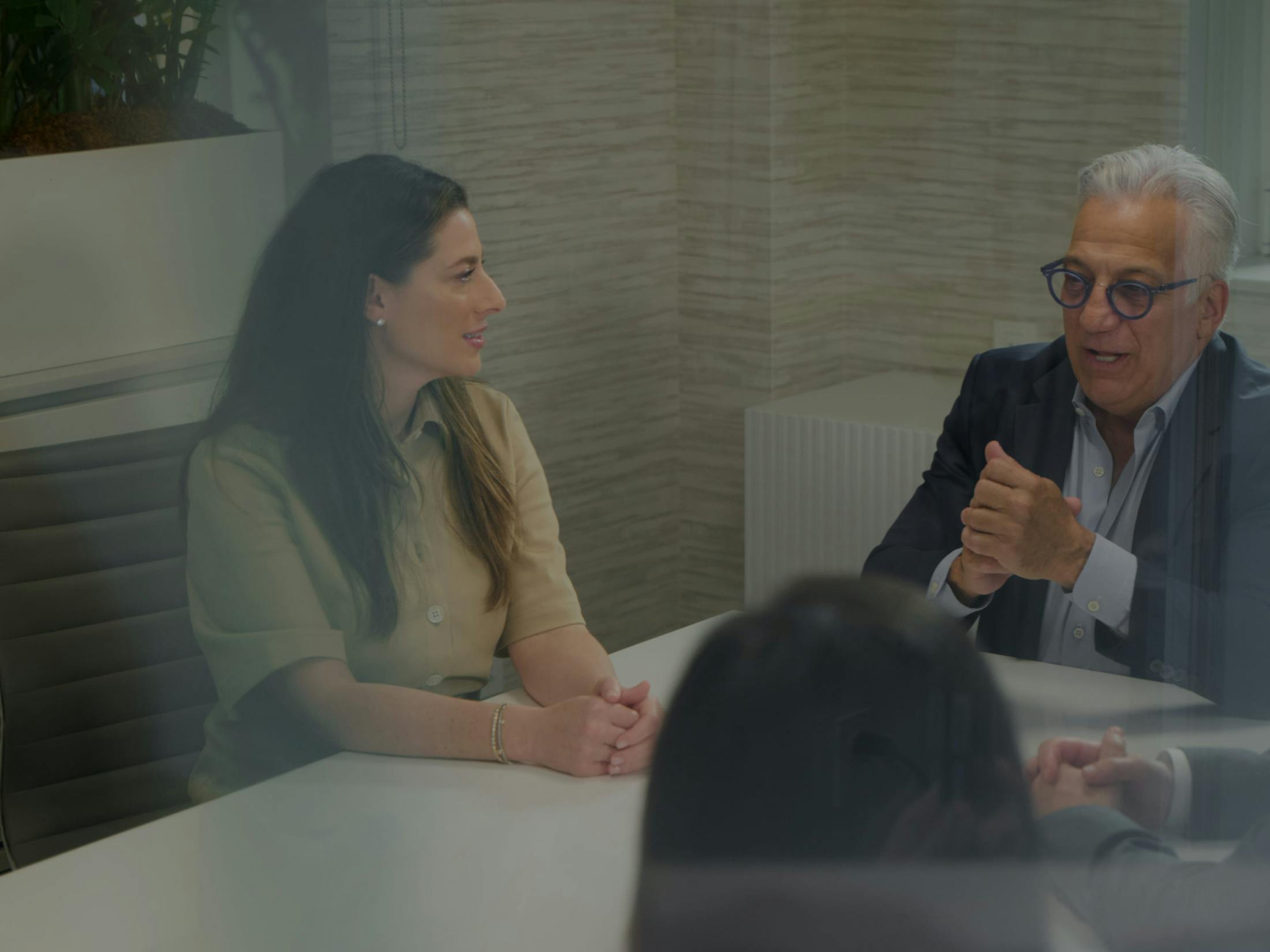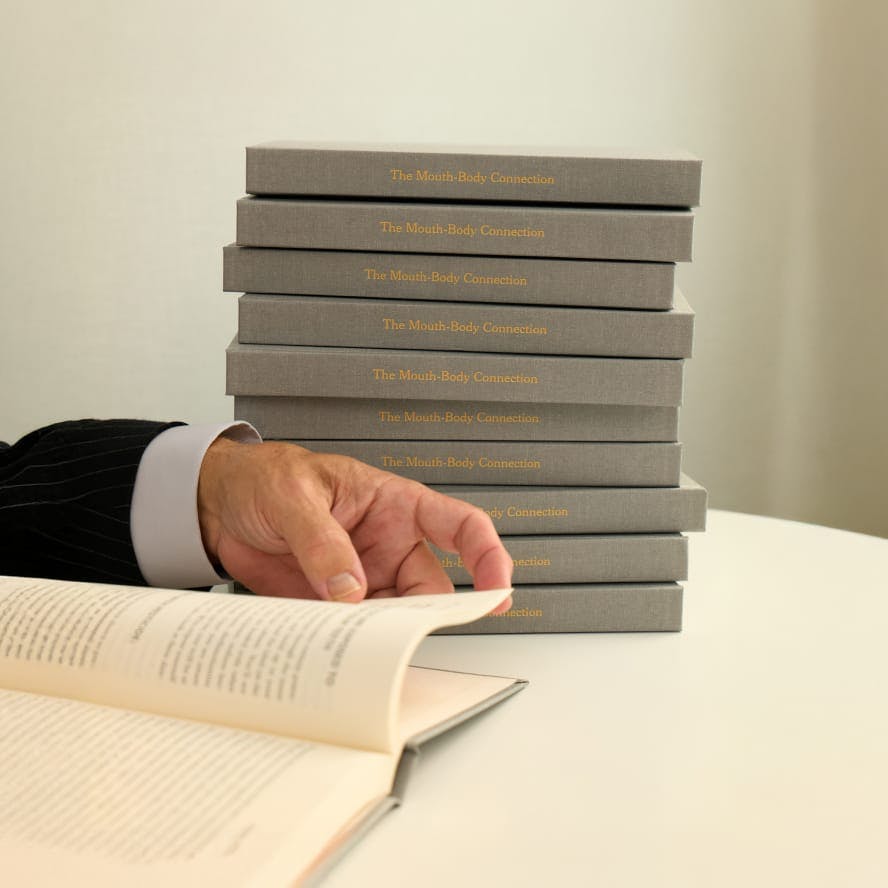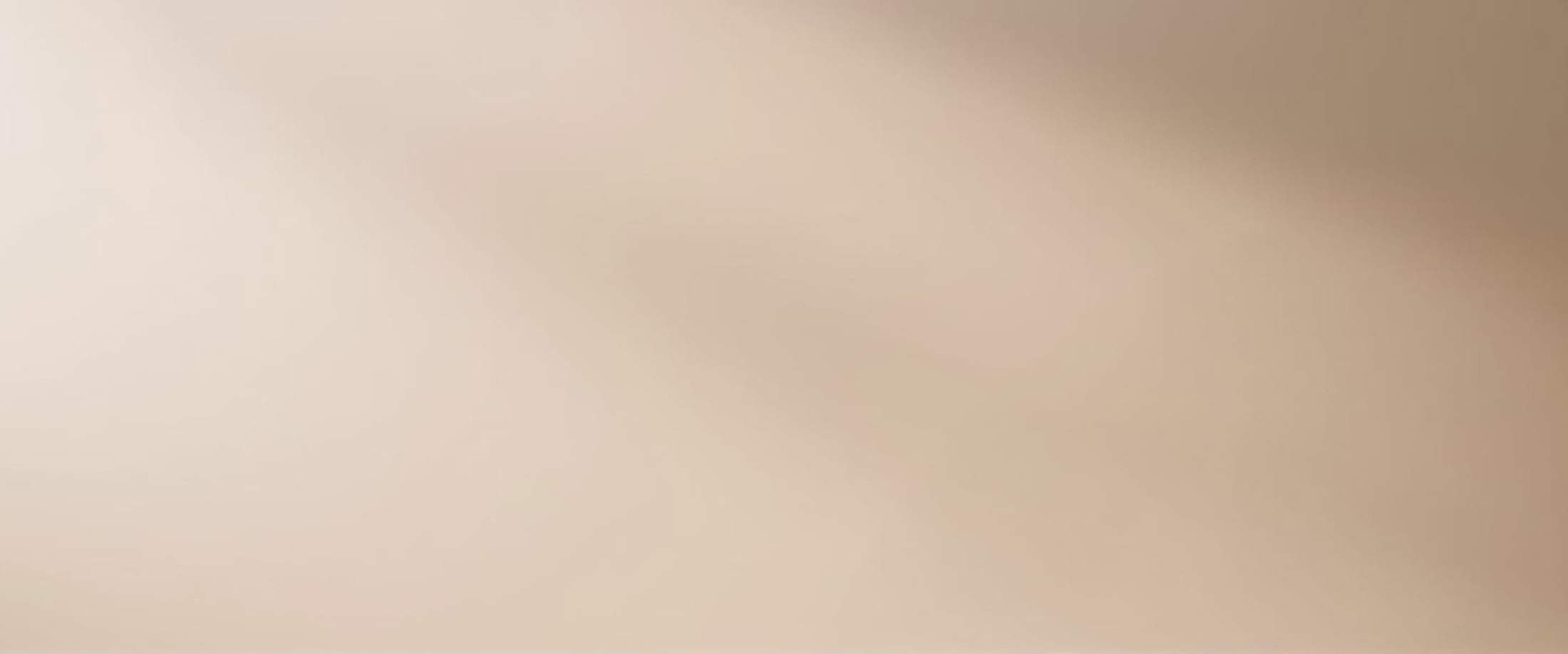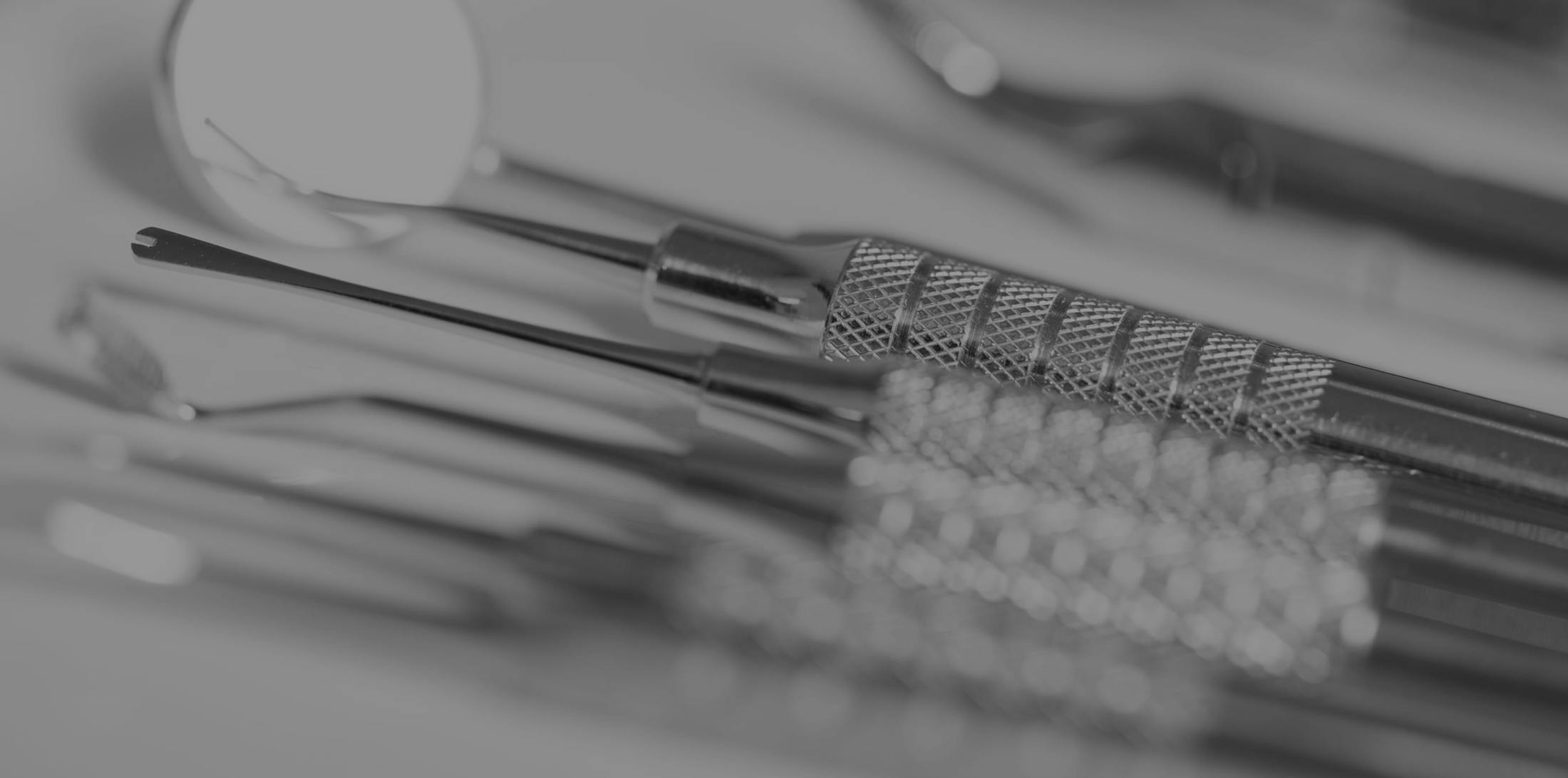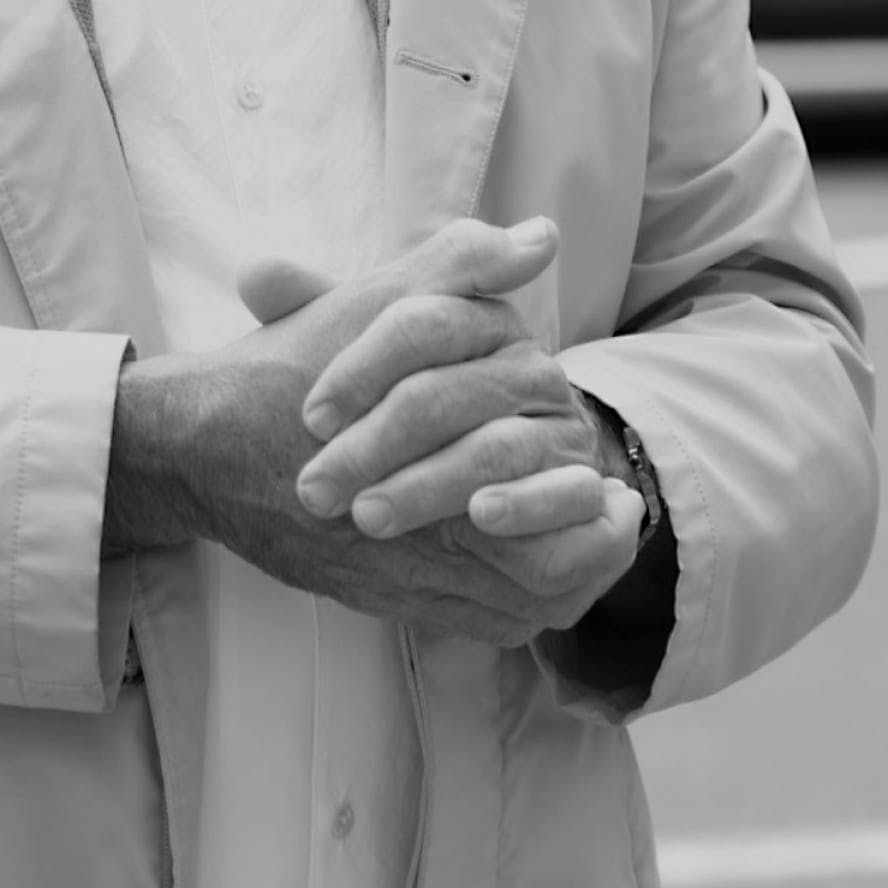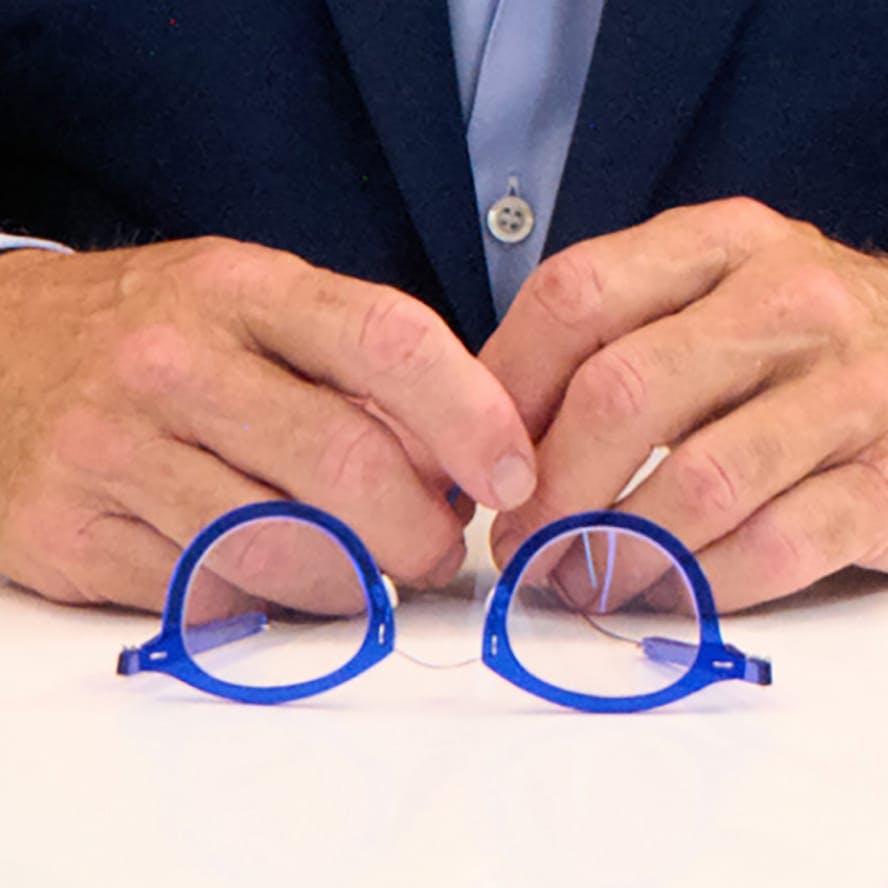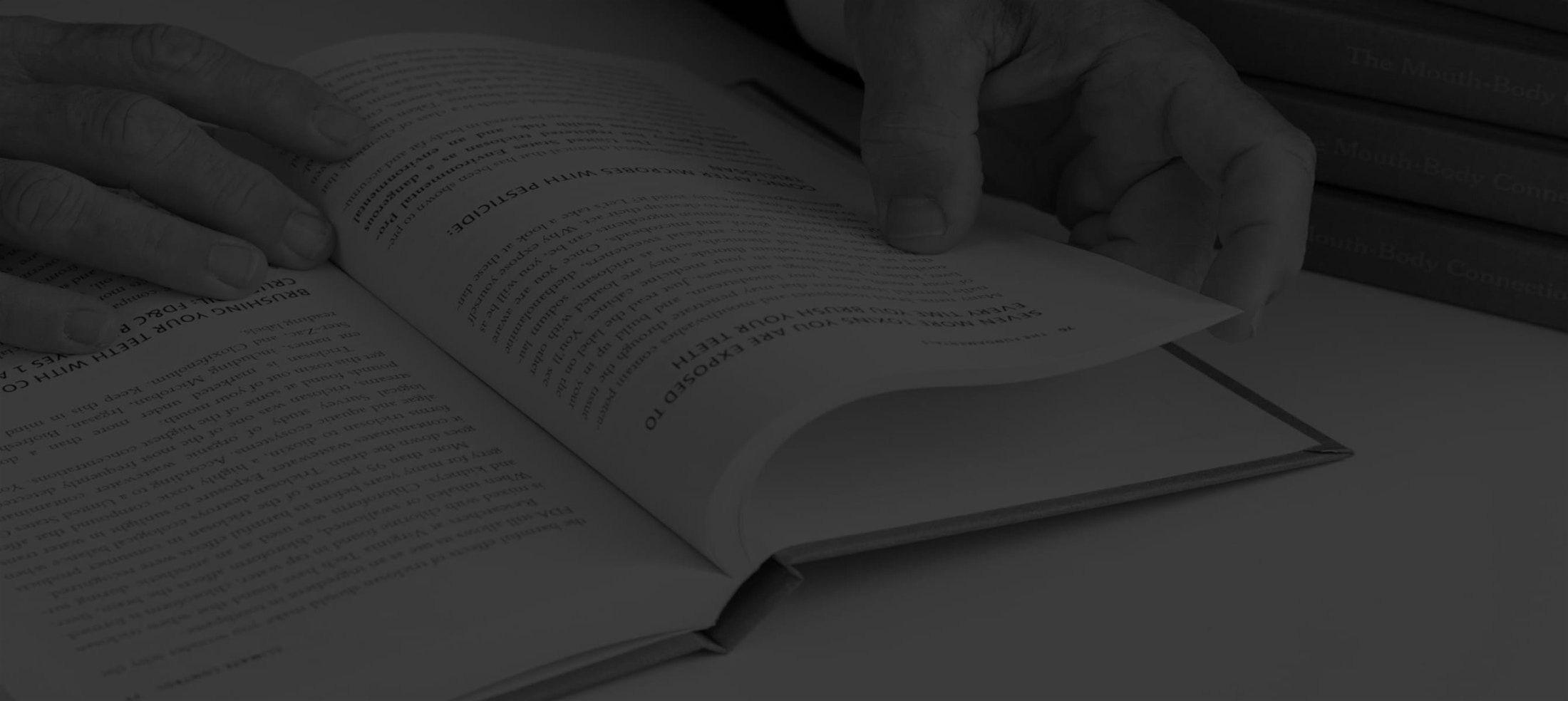Are you clocking in several hours of sleep each night but still find yourself persistently tired?
What is Sleep Apnea?
Sleep apnea is a common breathing disorder and sleep disorder. During “apneas”, breathing starts and stops repeatedly throughout the night. This can cause symptoms from snoring to a dry mouth in the morning to frequent nighttime bathroom trips. If you have sleep apnea, your airway is obstructed during sleep, leading to reduced oxygen levels. It’s not just a concern for older, obese men. Though it affects up to 30% of males, sleep apnea also affects millions of women. CPAP machines are the gold standard in conventional medicine to reduce sleep apnea symptoms. However, there is debate as to whether this is an appropriate long-term solution, as CPAP machines may eventually lead to the weakening of the muscles of the throat.
Unfortunately, many conventional doctors treat sleep apnea as if it affects only your breathing. In fact, sleep apnea can lead to heart disease and immune dysfunction if left untreated. Many chronic health problems resulting from untreated sleep apnea may not appear for a decade or more until nitric oxide levels get critically low. Sleep apnea sufferers are also 2.5x more likely to be the cause of an automobile accident, compared to drivers without sleep apnea. That’s why everyone needs a sleep study — your life may literally depend on it



